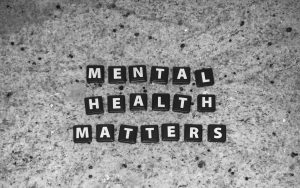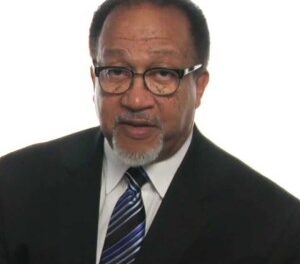By Alexa Spencer,
Word In Black
As the country reckons with the psychological impact of an ongoing pandemic and back-to-back mass shootings, the federal government is releasing $245 million toward the mental health needs of Americans.
Announced in January 2023 as part of the Bipartisan Safer Communities Act, the funding aims to help healthcare providers, schools, and law enforcement properly identify and care for people with mental illness.
“Investments from the Bipartisan Safer Communities Act will support critical programs for youth and their mental health, including school-based programs that meet children and families where they are,” U.S. Department of Health and Human Services (HHS) Secretary Xavier Becerra said in a statement.
A bulk of the monies will be invested in programs and services that support children, families, and communities impacted by trauma.
Trauma can be defined as an event or circumstance that leads to physical, emotional, or life-threatening harm. It has a lasting impact on a person’s well-being and requires a recovery process.
Collectively, the world experienced trauma by way of the pandemic. In addition, on a national level, Americans are impacted by continuous mass shootings.
The Black community, plagued by racial trauma, is disproportionately impacted by violence and disease, on top of carrying mental illness left behind from slavery.
But some relief could be on the way.
The Substance Abuse and Mental Health Services Administration (SAMHSA) — a branch within HHS — is awarding $19.5 million toward the National Child Traumatic Stress Initiative, which seeks to improve treatment and services for children, adolescents, and families affected by trauma.
An additional $90 million is going toward increasing access to evidence-based and culturally relevant mental health support in schools.
And $57.7 million will be invested in training school officials to understand the signs of mental illness and intervening early on. Law enforcement, emergency first responders, and others will also be trained to respond properly.
About 10 percent of all police interactions involve people with serious mental illness. But when called to respond to people experiencing mental health and substance use crises, it doesn’t always end well.
The interactions sometimes result in confrontation, incarceration, or serious injury. The shooting of Willie N. Henley, a 60-year-old unhoused man in Buffalo, N.Y., is one example.
In Sept. 2020, Henley, who suffered from mental illness, was shot by police after reportedly hitting an officer with a baseball bat.
Henley was charged and later filed a civil rights lawsuit against the city.
Just two years later, in the same community, the lives of 10 Black people were taken when a shooter opened fire at a local grocery store.
The city is still recovering from the impact of the incident today.
For communities like Buffalo that experienced violence, trauma, or civil unrest, SAMHSA is granting $20 million toward recovery and preventing further violence.
Lastly, the Health Resources and Services Administration (HRSA) invested $60 million toward mental health training for primary care clinicians.
The training specifically focuses on caring for children and adolescents — whose rates of suicide and emotional distress have risen over the last several years.
It isn’t uncommon to turn to a trusted primary care provider for mental health support. Many do so for themselves or their kids, Carole Johnson, HHS Administrator of HRSA, said in a statement.
“Yet for too long, we haven’t given those primary care providers the mental health training they need to help,” she said. “With funding from the Bipartisan Safer Communities Act, the Health Resources and Services Administration is investing in making mental health a part of primary care training so that there is no wrong door when your family needs support.”
Help us Continue to tell OUR Story and join the AFRO family as a member –subscribers are now members! Join here!
The post Federal government invests $245 million into mental health appeared first on AFRO American Newspapers .











